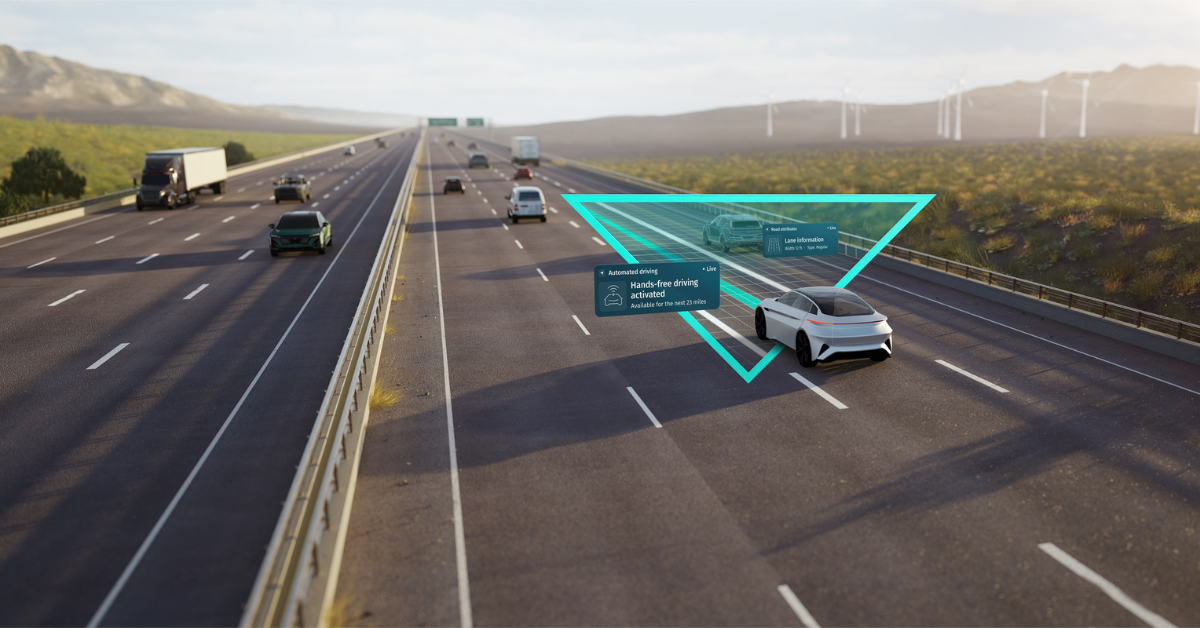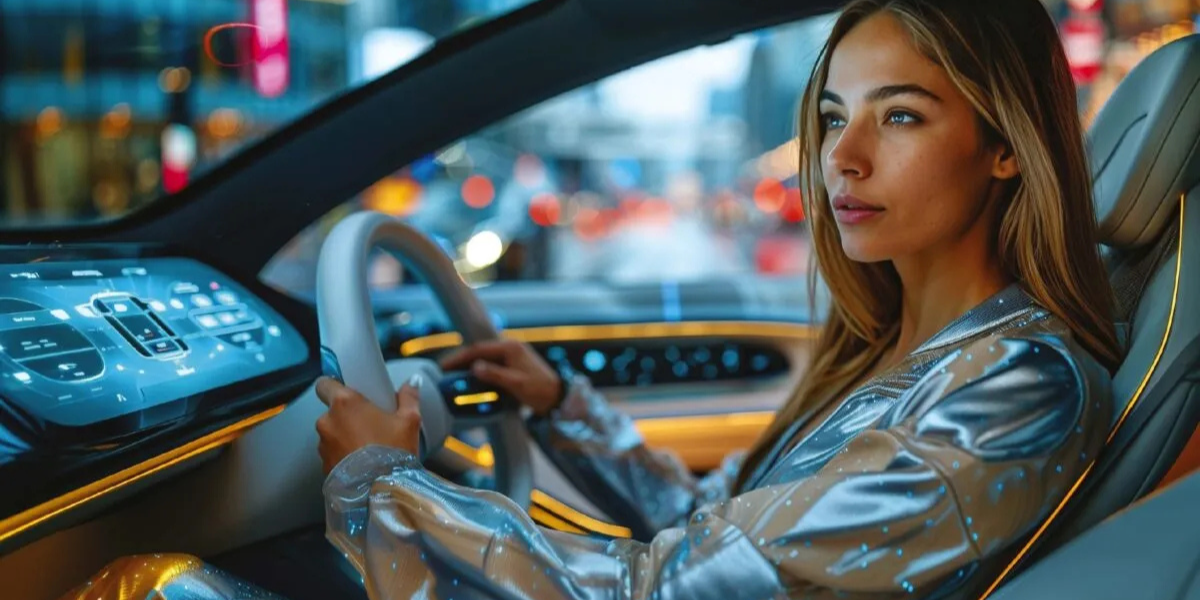MaaS is the disruptor – the Netflix – of the transportation industry

When you work at Amsterdam RAI (as I do), you can quickly and easily get to the center of the city simply by using one of the company’s 10 bicycles. Compared with other big cities where Intertraffic holds events, such as Mexico City, Jakarta and Shanghai, Amsterdam feels like a small village.
So how difficult is it to manage traffic in a big city nowadays? We know that cities are growing. On one hand, that means higher demands for food, energy and housing. On the other, there is pressure to comply with the Paris Climate Agreement, in which 195 countries have agreed to reduce their carbon footprint. Ideally a city needs to be green, sustainable, affordable, accessible and attractive to business. But where do you start and how can you make it happen?
The second-largest single producer of fossil-fuel-related CO2 emissions (after creating energy for heat and light) is transportation – responsible for around 22% of emissions worldwide.
But, as populations grow and people travel more, not less, can we turn this juggernaut around and begin reducing CO2 emissions in the transportation sector?
I have a strong feeling that we are on a path to a sustainable world and that there is light at the end of the tunnel. For example, during the Mobile World Congress, which took place in Barcelona earlier this year, Mercedes confirmed it will be focusing on developing carsharing and electric-powered transportation solutions. The company predicted that, in the long term, carsharing could lead to an 80% overall reduction in cars on the road – which in turn could help our future megacities overcome the challenge of protecting the environment.
Carsharing is a key component of Mobility as a Service (MaaS) – a wider disruption that will help cities develop more efficient transportation systems in next 10 years. MaaS allows users to access different transportation modes via a single, smart-device platform, getting exactly the service they need, when and where they need it – on demand – a bit like Netflix for mobility. Add to this the growing availability of real-time traffic information and ultimately people in cities will be able to travel much more easily and efficiently, despite population densities being much greater.
The ambitious outcome of MaaS is that it could lead to private cars being prohibited from city centers as soon as 2025 – although in order for this to happen, those living in, or visiting, cities must be getting a better, more usable transportation service, not an inferior one. One that enables them to choose exactly what they want, when they want it. In just the same way that, as terrestrial TV viewing figures decline, so our favorite shows are available on-demand – which reminds me, I’m overdue an appointment with my current Netflix favorite, Designated Survivor. I think I might cycle home today…
Richard Butter is director of traffic technology at RAI Amsterdam and is responsible for Intertraffic worldwide events.
This column was published in the June/July edition of Traffic Technology International
Share your story
Do you have an innovation, research results or an other interesting topic you would like to share with the professionals in the infrastructure, traffic management, safety, smart mobility and parking industry? The Intertraffic website and social media channels are a great platform to showcase your stories!
Please contact our Sr Brand Marketing Manager Carola Jansen-Young.
Are you an Intertraffic exhibitor?
Make sure you add your latest press releases to your Company Profile in the Exhibitor Portal for free exposure.



